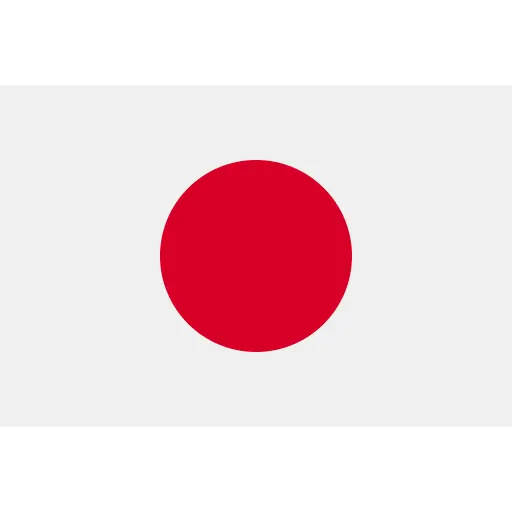
Japanese breakfast table


Asymmetric sand colored bowl
140,00 DKK

Chopstick holder
70,00 DKK

Chopsticks in black wood
80,00 DKK
Japanese breakfast with tasty small dishes
In Japan, your taste buds are invited out to both salty, sweet and sour flavors right from the morning. A Japanese breakfast often consists of boiled rice, miso soup, prepared vegetables, fish and eggs - and the breakfast table therefore does not look like what is typically served in Europe. The small dishes are served simultaneously, which gives the opportunity to dive into different taste experiences at the same time. In other words, a Japanese breakfast table is an obvious way to try some of the traditional Japanese flavors - and then the exploration of the small dishes just creates a really cozy way to eat together.
Ingredients
Marinated kabocha/hokkaido pumpkin
- A 1/2 small pumpkin
- 8.5 dl of dashi
- Flavorings - the dry ones: 2 tablespoons of sugar and 1 teaspoon of salt
- Flavorings - the wet ones: 4 teaspoons sake, 4 tablespoons dashi and 4 tablespoons soy.
Quick Pickled Cucumbers: Kyuri Asa-zuke
- 500g small cucumbers - preferably Japanese or Persian.
- 1 teaspoon of salt
- 1 teaspoon of soy
- 1 teaspoon sesame oil
- 1 tablespoon toasted sesame seeds
Rice with umeboshi (fermented plum) and furikake (toasted topping with seaweed and sesame seeds)
- 3 dl Japanese short-grain rice. Porridge can be used as an alternative.
- Umeboshi - bought ready-made from Asian retailers.
- Furikake - bought ready-made from Asian retailers.
Miso soup with seaweed
- Miso soup with seaweed - can be bought ready-made from Asian retailers.
Tamagoyaki (Japanese Omelet)
- Find recipe and ingredient list here .
Course of action
- Prepare the pumpkin and cut it into equal-sized (mouth-sized) pieces of approximately 5 cm.
- Find a medium-sized pot and heat the dashi.
- Put the pumpkin pieces in the pan and place them skin side down.
- Add all the flavorings and, if necessary, shake the pan a little to distribute them.
- When the water boils, the temperature is reduced slightly.
- Let the dish simmer for 20-30 minutes. Keep an eye on it as the preparation varies according to size.
- Remove the dish from the heat and cool - leave the pumpkin in the water while cooling to draw out additional flavor.
- Serve at room temperature or heat up before serving, as desired.
Then make the pickled cucumbers - it is best that you use small cucumbers for this recipe, which are either Persian or Japanese. If using ordinary cucumbers, choose some small ones and scrape the soft part out of the cucumbers :
- Cut the cucumbers into bite-sized chunks or pound them with a rolling pin so that they break into uneven shapes (this gives them a larger surface to absorb flavor). Then place them in a bowl.
- Salt the cucumbers and let it soak for 10 minutes, then wring them out of water.
- Season with soy and sesame oil and top the dish with toasted sesame seeds.
While the pumpkin and cucumbers are being prepared, you can get started on the miso soup and rice with umeboshi and furikake:
- Cook the rice according to instructions - preferably in a rice cooker.
- Arrange the rice in small bowls and top with umeboshi and furikake when ready to serve.
- Heat the soup and serve in small bowls when you are ready to serve.
While everything is standing and cooking, the preparation of tamagoyaki, which is the Japanese omelette, begins. In total, this preparation takes 15-20 minutes:
- Find the procedure here .
いただきます
velbekomme
Can be served with
Serve the food on
Japanese ceramics
We love when service helps to complete any dish and set the mood for the meal. At Seramikku, you can put together your own unique collection of Japanese ceramics, which you can use for serving your favorite dishes.
All ceramics are handpicked from Japan and come in limited quantities. Regardless of whether you prefer the ceramics to be the same - or are more into mixing different items - the selection consists of unique styles. We like the idea that you get something very special to put on your shelves at home.

See other recipes


Ultra easy and quick matcha latte











